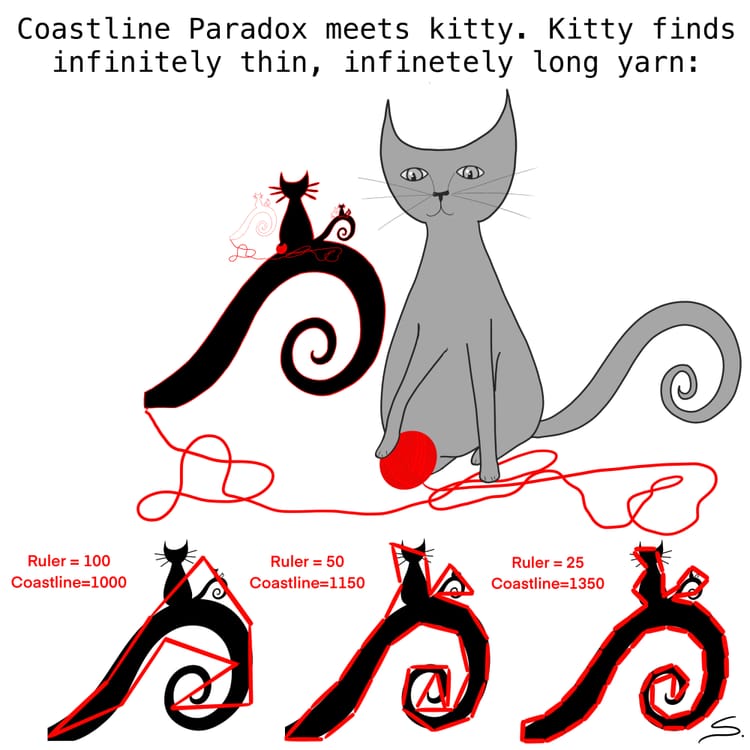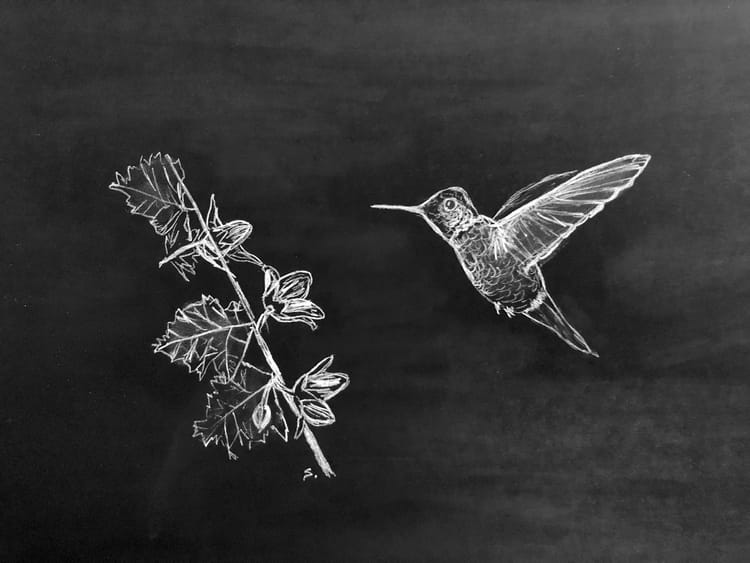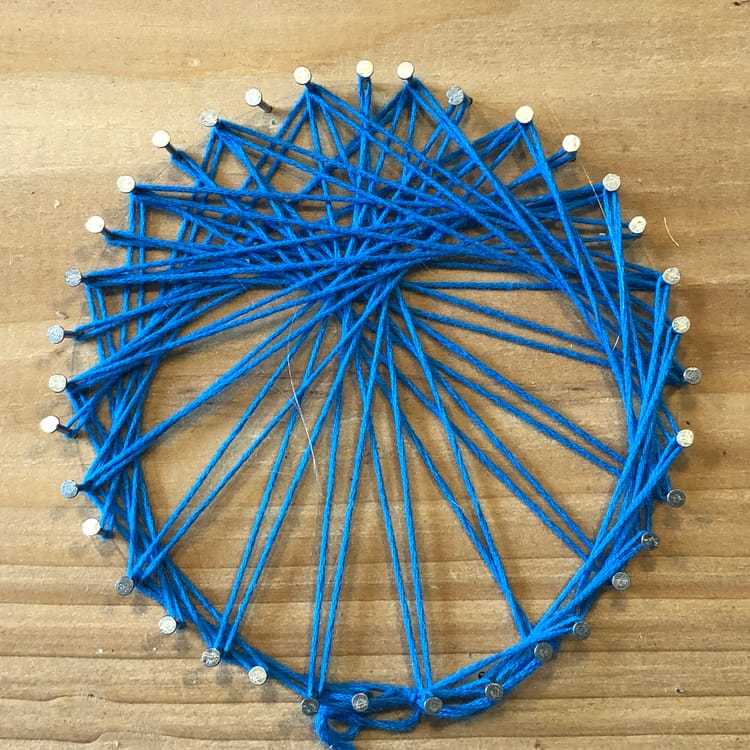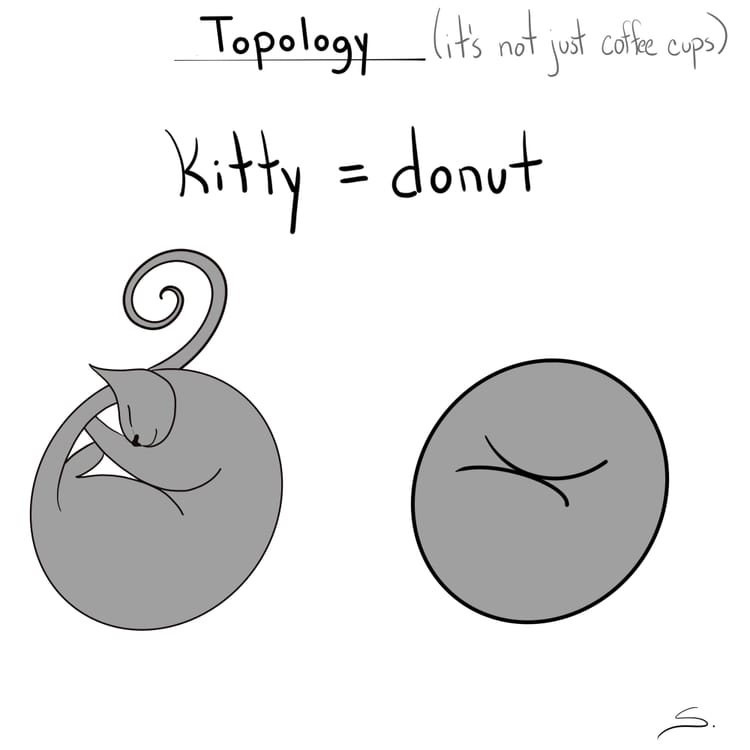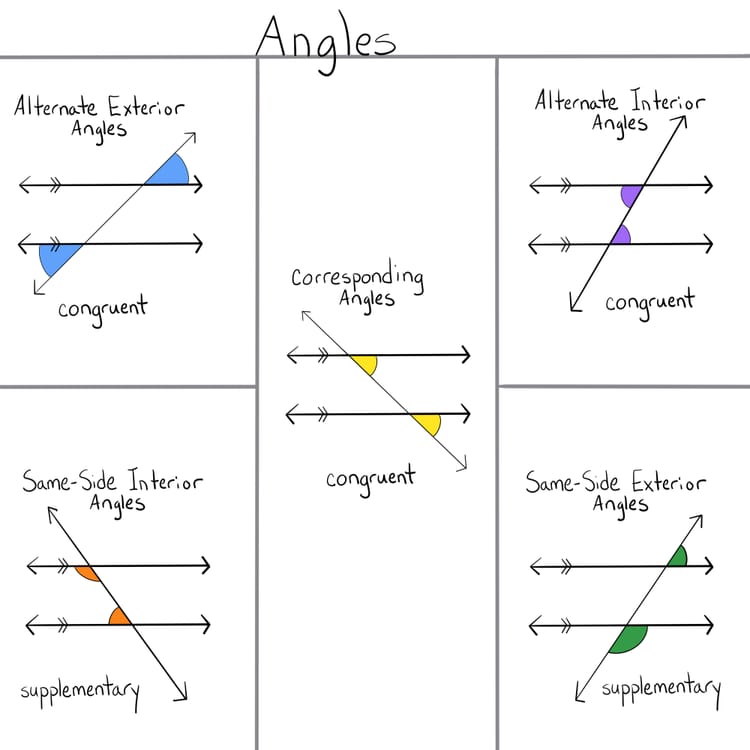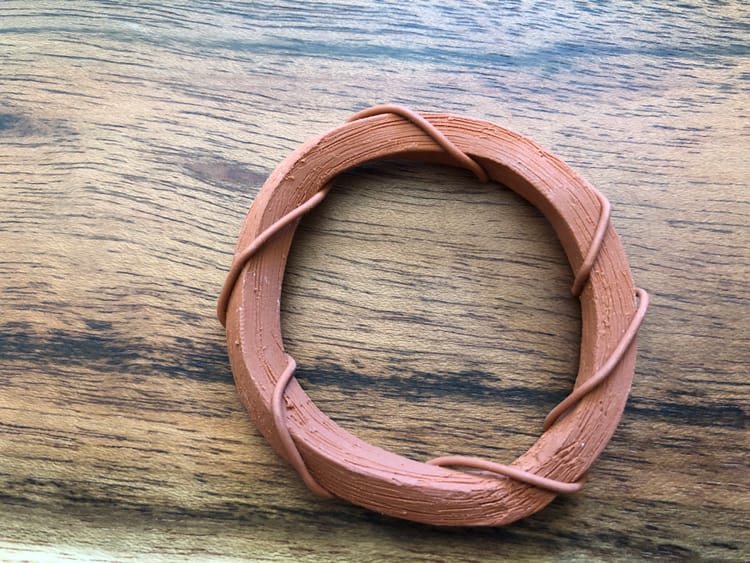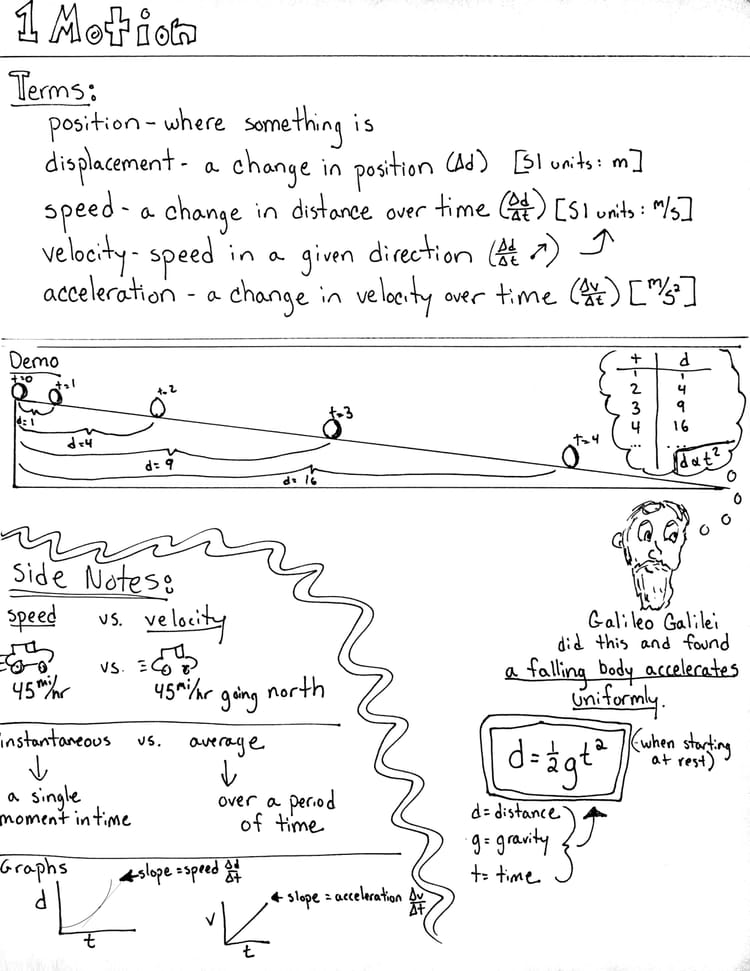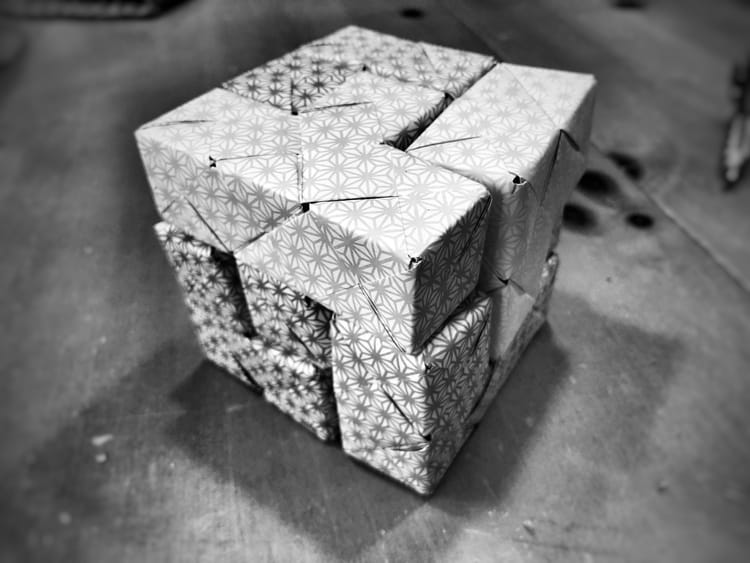Week 16: Geometric Sketching – Hummingbird
I love to incorporate drawing skills into math education. This week I encourage learners to start seeing birds (or other animals/people) as shapes. Heads are circles, torsos are ellipses, beaks are triangles, wings are long ellipses… Sketching is a skill. A skill is something that you can master in
KMUZ Poetry on the Air With the Family
KMUZ’s Steven Slemenda interviewed our family in a two part series for a wonderful program called Poetry on the Air. Thanks to KMUZ and Steve Slemenda for sharing. This show is in the archives on their website, and with permission I am posting it here. My children were appreciative of the experience
Week 15: String Art
This is a classic, yet fun activity with math: Start with a compass or protractor and create a circle with evenly spaced points around it. Students can figure out how many degrees need to be between points (example: if you want 10 points, then there are 36 degrees between each point, for 9 points :
Week 14: Guess the rule – math game
One of my hobbies is to take completely non-math related games and modify them for classes. I don’t know what to call this game, it is probably a variation of “psychiatrist” or something, but here is how it goes: In a group of at least 4 players, ask one player to leave the room and […]
Week 13: Clay Möbius Strips
There are lots of amazing paper Möbius strips that are fun. You can cut down the middle, twist multiple times, make a Möbius paper chain, and try it with various materials. For a basic paper tutorial, I found a good one here. Rather than creating the classic paper strips, this week learners will be
Week 12: Galileo and Gravity
This week we are going to take a look at applied math. Learners will be given a ramp (this can be a ruler), a ball that fits on the ramp, measurement device (ruler) and a timer. With these instruments learners can investigate the relationship between distance and time as the ball rolls down the ramp
Week 11: Soma Cubes
I love Martin Gardner’s work and books that brought math to so many people in a fun and engaging way. One of the topics he covered was Soma Cubes. This week learners can create and play with this wonderful seven piece puzzle that was invented by Mr. Piet Hein during a lecture on physics. I […]
